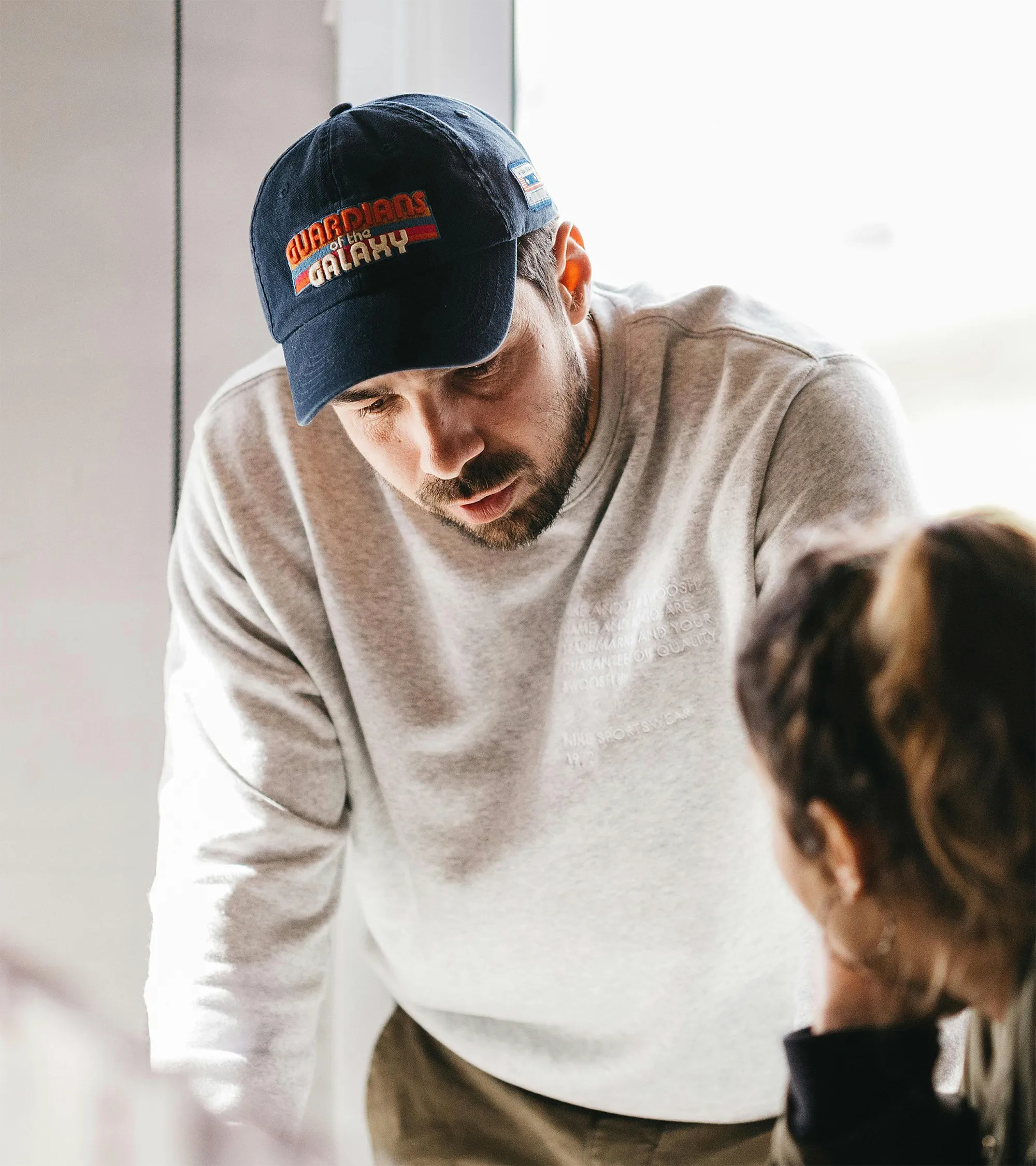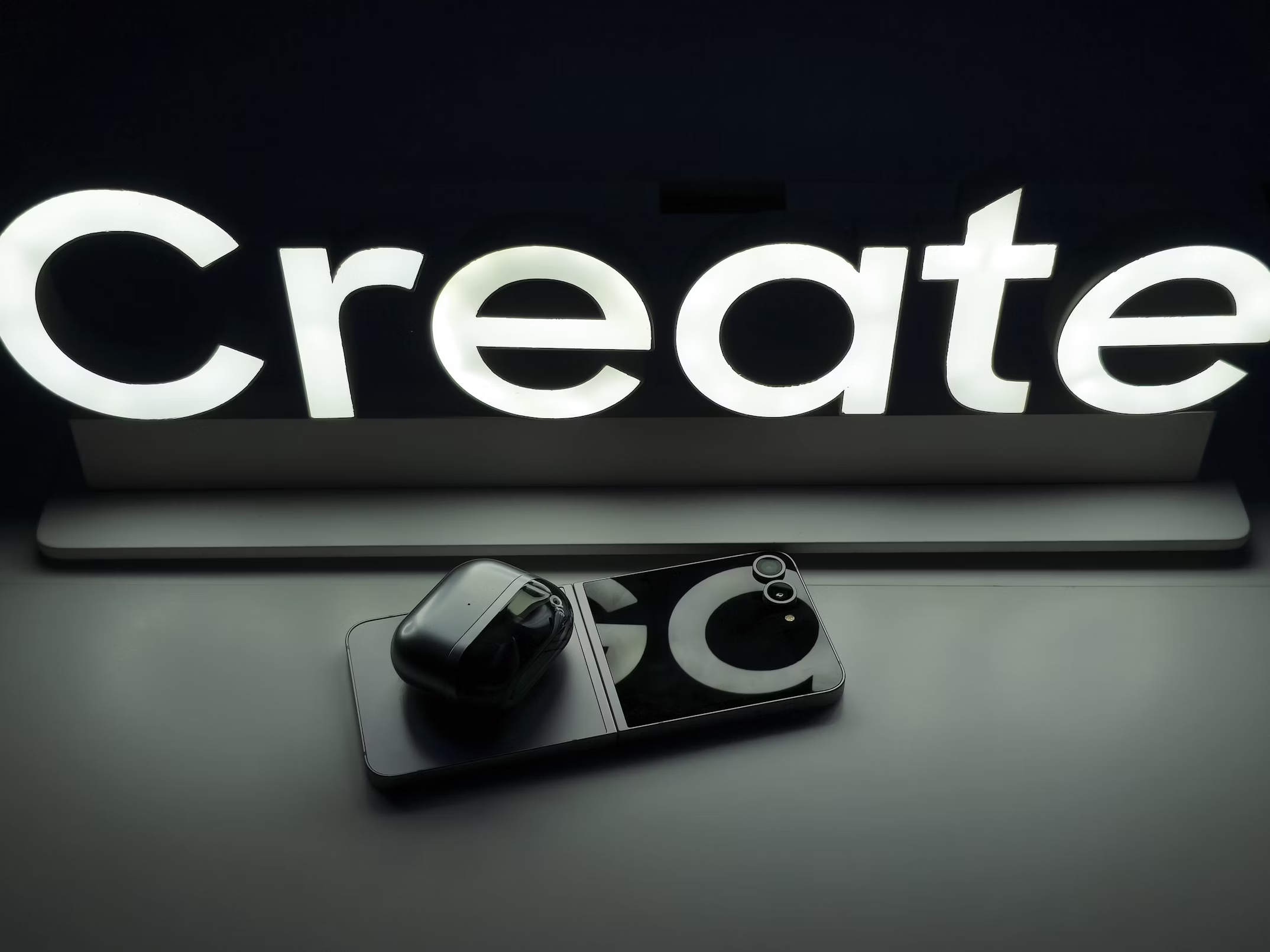


Let’s be honest: "Creative Operations" sounds like the most boring job title in the world. It conjures images of spreadsheets, Gantt charts, and a person who hovers over your shoulder asking for a status update when you’re just trying to find the right shade of blue.
For years, the creative world has treated "operations" as the enemy of "creativity." We believe in the myth of the messy, chaotic genius. We think that great ideas can't be contained by a system.
This belief is not just wrong; it's the single biggest reason why creative teams burn out, miss deadlines, and fail to deliver on their potential.
As a leader who has built and scaled creative operations for teams at Yelp and AOL, I’ve learned a counter-intuitive truth: A great operational system doesn't kill creativity; it unleashes it. A well-designed creative operations (Creative Ops) system is like the unseen engine of a race car. It’s the boring, meticulously engineered part that allows the brilliant driver to take risks, push the limits, and win the race. It handles the chaos so the creators can focus on what they do best: creating.
This isn't a theoretical guide. This is a practical, no-BS playbook for building a Creative Ops engine that will help your team ship better work, faster.

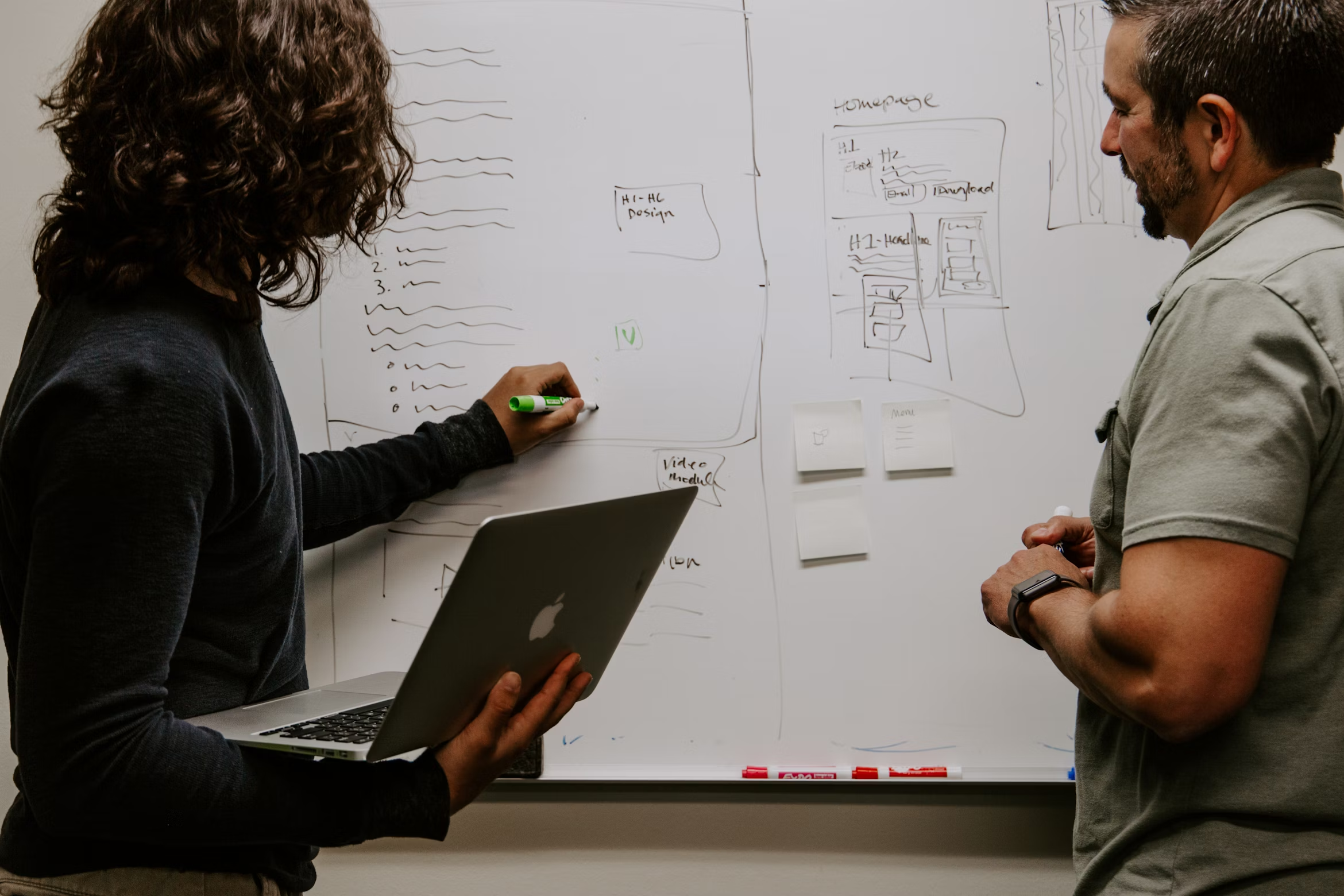
Most creative teams aren't teams; they're a collection of talented individuals in a state of perpetual reaction. They are drowning in what I call "The Three C's of Creative Chaos":
Chaotic Intake: Requests come from everywhere—Slack DMs, hallway conversations, last-minute emails. There’s no single door, so the team is constantly being pulled in a dozen different directions. Briefs are incomplete, priorities are unclear, and the person who shouts the loudest gets the attention.
Feedback is scattered, stakeholders appear out of nowhere in the final hour with game-changing notes, and no one is quite sure which version of the file is the "final_final_v3_for_real_this_time.jpg." This leads to endless, soul-crushing rework.
Without a clear system, creatives are forced to be their own project managers. They spend a huge portion of their day chasing down assets, clarifying feedback, and providing status updates, instead of doing the deep, focused work they were hired for.
A Creative Ops system is designed to systematically eliminate these three chaos agents.
The Three Pillars of an Efficient System
A world-class Creative Ops system is built on three pillars. You don't need expensive software to start; you just need a commitment to the process.
The first and most important step is to close all the side doors. There must be one, and only one, way to submit a request to the creative team.
How this helps: This simple pillar immediately eliminates chaotic intake. It forces your partners to think strategically before they make a request, and it protects your team from half-baked, urgent-but-not-important fire drills.
Once a project is accepted, it must live in a single, centralized location that is accessible to all stakeholders. This is your project hub, and it is the antidote to cloudy communication.
How this helps: The project hub creates radical clarity. It eliminates the "who's got the ball?" problem. Stakeholders can self-serve status updates by simply looking at the project board, which frees up your creatives from having to constantly provide them. It makes the entire process transparent and accountable.
The final pillar is about creating a predictable rhythm for the work itself. This is how you eliminate constant context-switching and create space for deep, focused creative time.
How this helps: This system creates a predictable, professional rhythm. It respects the creative process by building a structure around it, protecting your team from chaos and allowing them to do their best work.
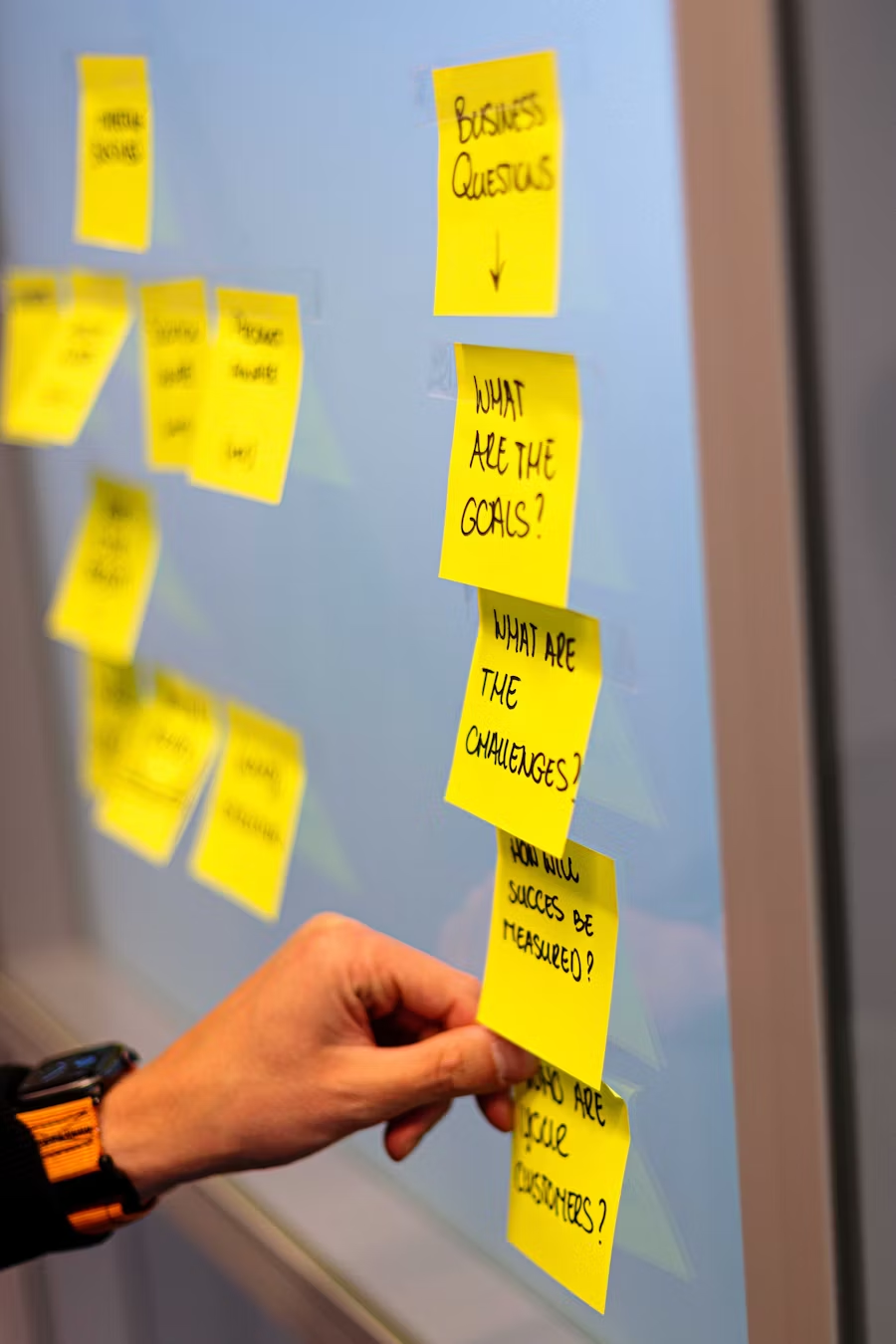
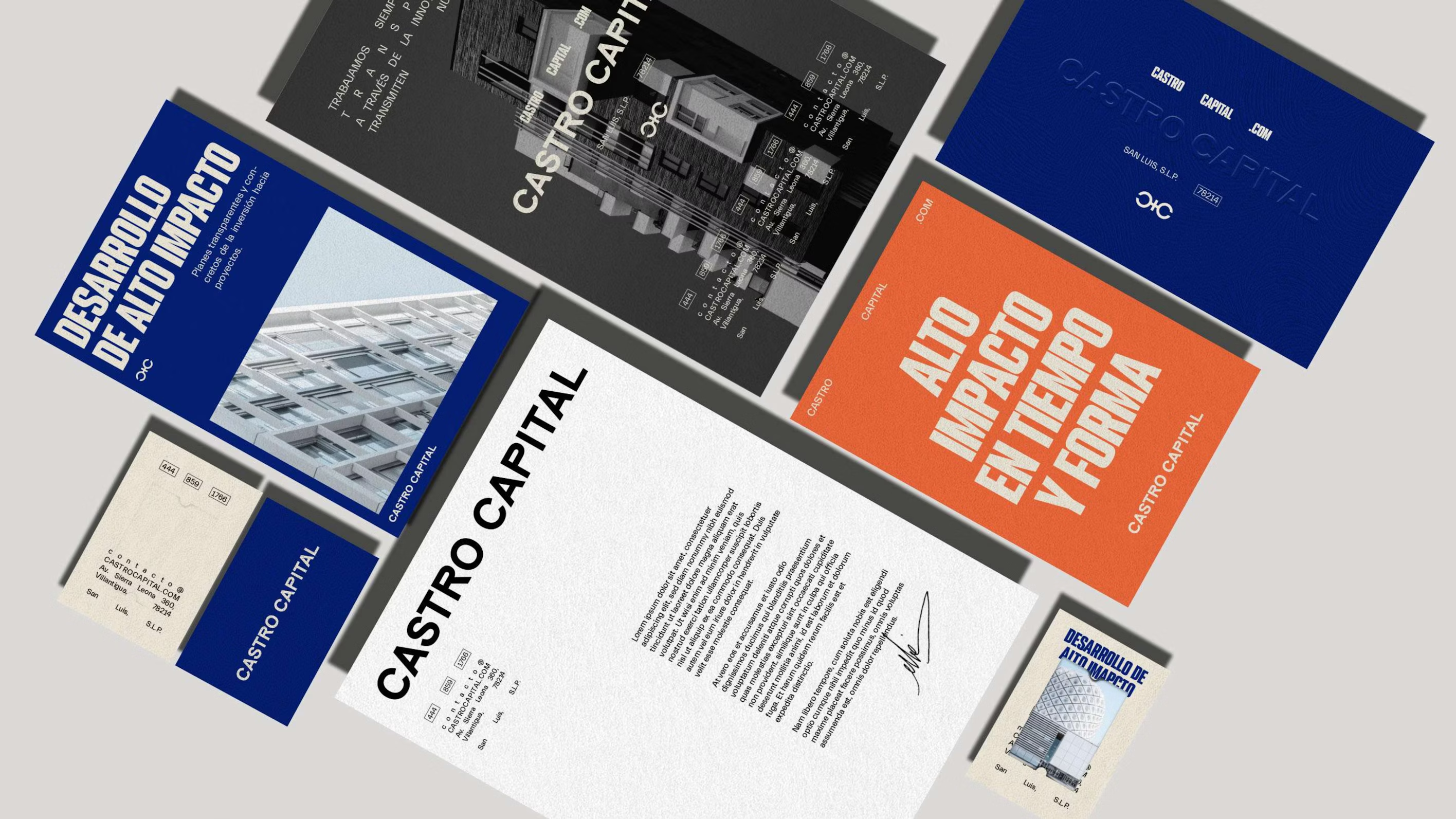
The Virtuous Cycle
When you combine these three pillars—The Single Front Door, The Single Source of Truth, and The Rhythms of Review—you create a virtuous cycle.
Better briefs from the Intake System lead to less rework. Clearer communication in the Project Hub leads to faster approvals. Protected focus time from the Rhythm System leads to higher quality creative. This higher quality work delivers better results, which in turn earns the creative team more trust and a more strategic seat at the table, leading to even better, more strategic briefs.
Building a Creative Ops system is the most powerful investment you can make in your team's success and sanity. It's the unseen architecture that allows brilliant ideas to be built, shipped, and scaled, not just dreamed of. It’s how you stop being a reactive service and start being an engine for growth.
'Building the Creative Operating System at Yelp.'
See what our satisfied clients say about working with us.
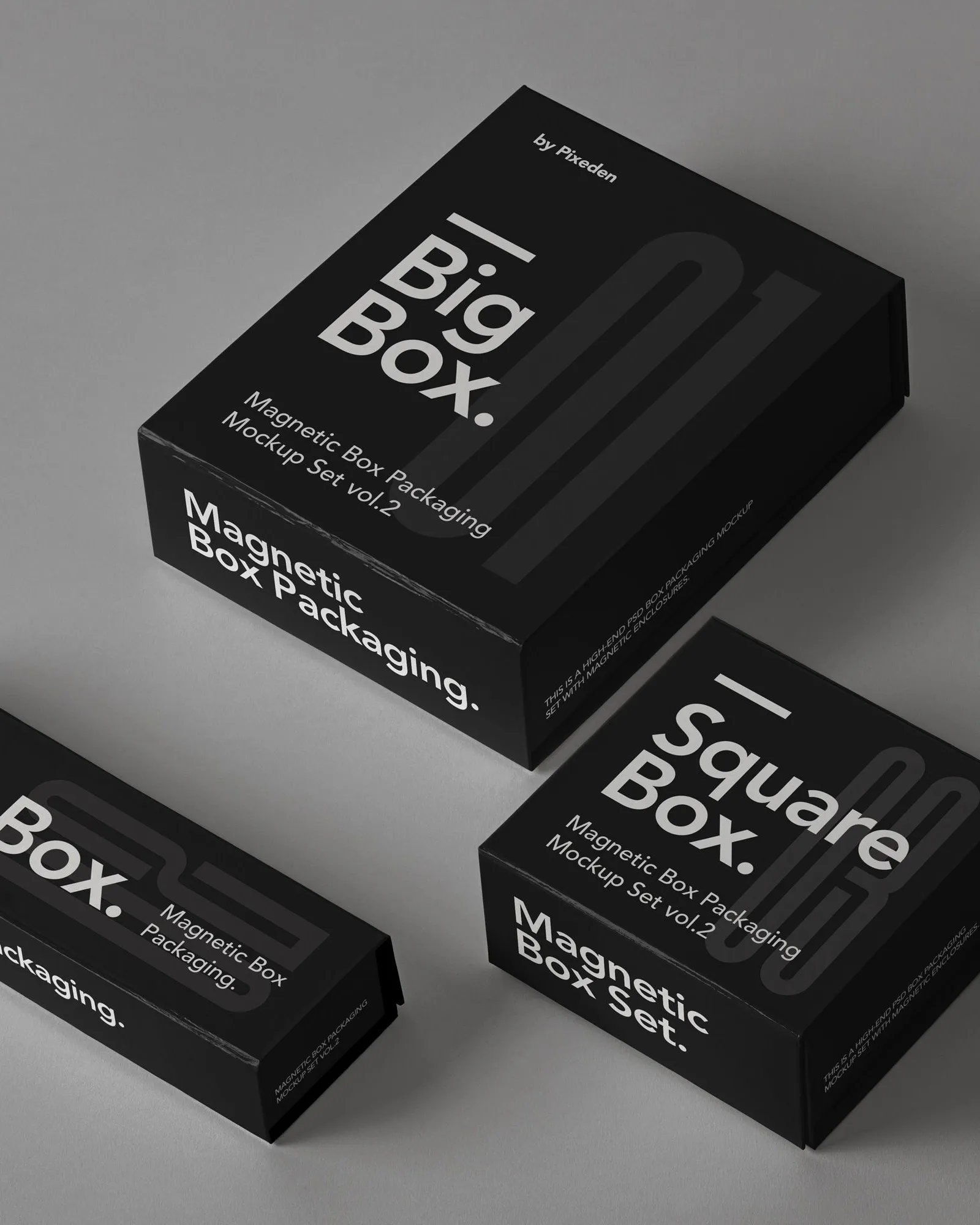
Our proven process ensures successful outcomes and client satisfaction every time.
